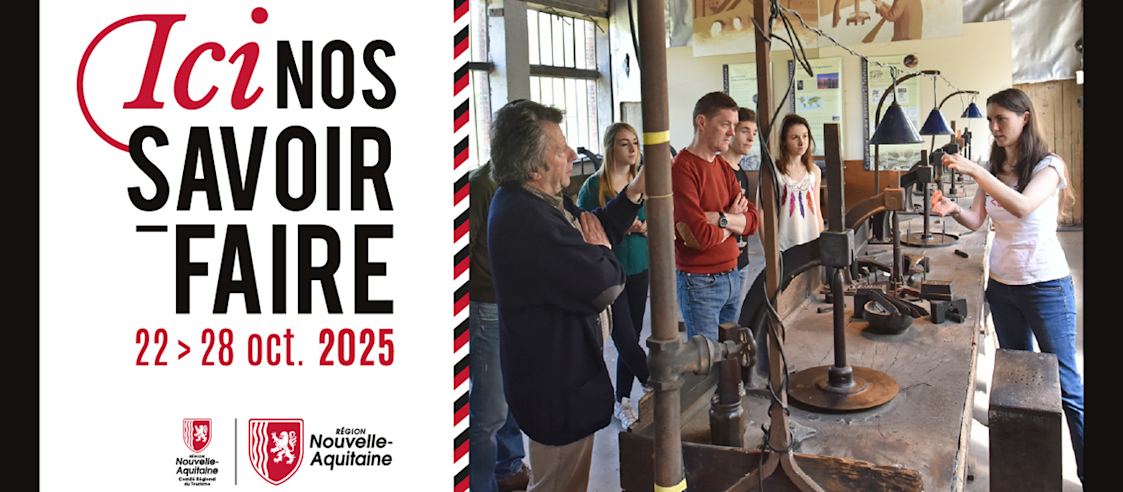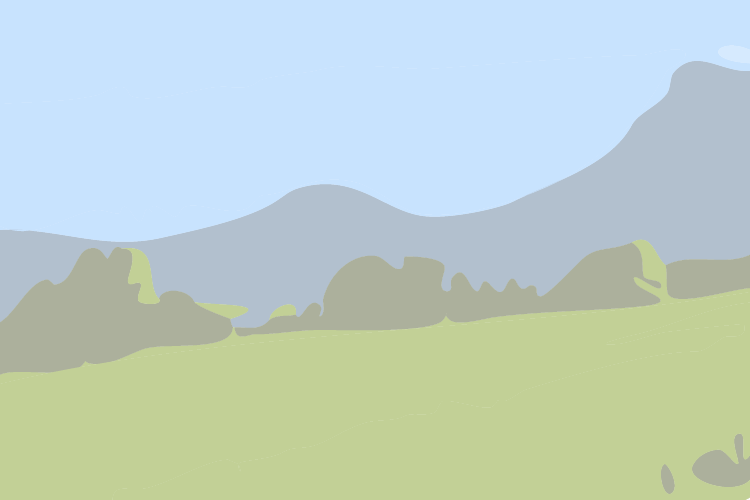
IGN Map

Noble materials, natural materials as well as grey matter, elbow grease, the golden touch, nimble fingers and taking...
In the Basque Country, at the heart of the Pyrénées Mountains, to the south of the region, close to the Spanish...
Leading department for tourism in France, Charente-Maritime offers a wealth of things to do and see. Here's a round up...
Sailing along the rivers of Nouvelle-Aquitaine is another way to enjoy your holidays, relaxed roaming along waterways...
Much, much more than Aubusson tapestries is what you'll find when you visit the Cité, listed intangible Cultural...
Discover this surprising city and its passion for fire arts expressed creatively through porcelain and enamel.

IGN Map

Aerial Photos / IGN

Open Street Map

The aim of this company is to "Produce green gas from manure & agricultural biowaste".
It's a sustainable development company, which transforms CIVE (Culture Intermédiaire à Vocation Énergétique - intermediate energy crops) into energy using various livestock effluents (ducks, cattle, horses, sheep, poultry, etc.). Green gas is produced by 15 farms. After processing and treatment, it can be used as fertilizer on the farm.
The tour lasts around 2 hours and is divided into 3 parts:
- welcome, presentation of the team and work unit
- visit to a floor plan to explain the theoretical operation of the company before setting off on site
- on-site visit to follow the flow of agricultural effluent into gas.

Uniqua Limoges opens its doors to you to discover the manufacturing process of its customizable sneakers. Whether you're on your own, with friends or family, the brand welcomes you to its premises to share its know-how and passion for the craft.
Take advantage of this opportunity to discover the world of handcrafted sneakers! Our team will be on hand to show you what we do, explain the different stages of production and answer any questions you may have.

In Saint-Léonard-de-Noblat, a medieval town on the pilgrimage route to Santiago de Compostela, the Carpenet family-run porcelain factory presents the entire manufacturing and decoration process in the tradition of Limoges porcelain, through a guided tour. With several thousand models in some twenty collections, including bleu de four, Carpenet designs new shapes every year: potiches, vases, boxes, lamps, tableware and fauna. The company's responsiveness enables it to respond to customer needs and customize its porcelain for special events (weddings, corporate gifts). With its Entreprise du Patrimoine Vivant (Living Heritage Company) and Indication Géographique Protégée (Protected Geographical Indication) labels, the factory is committed to selling only Porcelain created and decorated exclusively in the region. Factory outlet on site.

Discover the wonderful world of bees. Educational introduction to the heart of the apiary garden.

Information and timetable from the Etablissement Thermal - Registration at the Spa reception desk - open to all - Free of charge

Their thing is feathers...or rather feathers, those of geese and ducks force-fed in the region, with which they make comforters, pillows and other cozy items. Visit one of the town's oldest businesses.
To find out when this visit will take place next, go to Agenda/visits of the month.
As part of our eco-responsible approach, and to ensure optimum hygiene conditions, we kindly ask you to bring earphones with a jack plug (or headphones with a jack plug). For visitors who don?t have this essential tool, the Tourist Office offers them for sale in its store at the price of 1?.